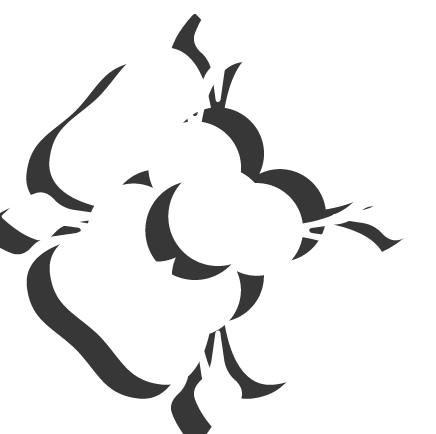Year 11 Foundation Maths
Curriculum:
- Be able to work out the area of a shape using algebraic terms.
- Be able to square terms.
- Define the origin and x-axis on a graph.
- Calculating the square root of a number will result in both a positive and a negative answer.
- Work out factor pairs of negative numbers.
- Round to the nearest metre.
- Round accurately to a given number of significant figures or decimal place.
- Evaluate squares and square roots.
- Know number of degrees in a full turn, half turn or quarter turn.
- Know and use the formula for the volume of a prism.
- Understand and use maths language for 3D shapes.
- Know volume and surface area formulae.
- Convert between fractions, mixed numbers and improper fractions.
- Evaluate simple powers.
- Evaluate powers of 10.
- Divide integers and decimals by powers of ten.
- Use correct priority of operations.
- Understand the scale factor of an enlargement.
- Use similarity to solve problems.
- Understand squares and cubes of whole numbers and decimals.
- Know that the sum of the angles in a triangle must be 180°.
- Recognising corresponding and alternate angles when lines are parallel.
- Calculate with negative numbers.
- Recognise the shape of linear and quadratic graphs.
- Recognise statements and equations describing direct and indirect proportion.
- Writing algebraic expressions.
- Add and subtract positive and negative terms, substitute integer and decimal values into a simple expression.
- Identify inverse operations for algebraic terms.
- Multiply double brackets.
- Recognise quadratic expressions.
- Square single brackets.
- Plot graphs of quadratic functions.
- Recognise a quadratic function.
- Use quadratic graphs to solve problems.
- Solve quadratic equations, such as ax2 + bx + c = 0, using a graph.
- Solve quadratic equations, such as ax2 + bx + c = k, using a graph.
- Factorise quadratic expressions.
- Solve quadratic functions algebraically.
- Round to the nearest metre.
- Round accurately to a given number of significant figures or decimal place.
- Evaluate squares and square roots.
- Know number of degrees in a full turn, half turn or quarter turn.
- Know and use the formula for the volume of a prism.
- Understand and use maths language for 3D shapes.
- Know volume and surface area formulae.
- Convert between fractions, mixed numbers and improper fractions.
- Evaluate simple powers.
- Evaluate powers of 10.
- Divide integers and decimals by powers of ten.
- Use correct priority of operations.
- Understand the scale factor of an enlargement.
- Use similarity to solve problems.
- Understand squares and cubes of whole numbers and decimals.
- Know that the sum of the angles in a triangle must be 180°.
- Recognising corresponding and alternate angles when lines are parallel.
- Calculate with negative numbers.
- Recognise the shape of linear and quadratic graphs.
- Recognise statements and equations describing direct and indirect proportion.
- Writing algebraic expressions.
- Add and subtract positive and negative terms, substitute integer and decimal values into a simple expression.
- Identify inverse operations for algebraic terms.
By this point in the academic year, we have completed the course content and we are focusing on revision, exam technique and pace.
By this point in the academic year, we have completed the course content and we are focusing on revision, exam technique and pace.
Subject Overview:
Year 11 will have learned most of the IGCSE course in preparation for the exam at the end of Year 10. Year 11 Foundation pupils are given two more opportunities to sit the IGCSE, in November and again in June.
The start of Year 11 will consist of mopping up any topics that were not finished by the end of Year 10; and revising for those who choose to resit in November, looking to improve upon the grade they achieved the previous Summer.
The remainder of the year is taken up with further consolidation of topics, especially going over those taught in earlier years in more depth. Each pupil will be given a breakdown of any formal examination they take, allowing for personalised revision topics to be allocated and goals to be met.
Assessments:
Year 11 tend not to sit internal end of unit assessments, but they may be given informal mocks throughout the year. Pupils will be given two opportunities to sit the IGCSE exam: once in November soon after restarting school, and once more in the following Summer examination series.

